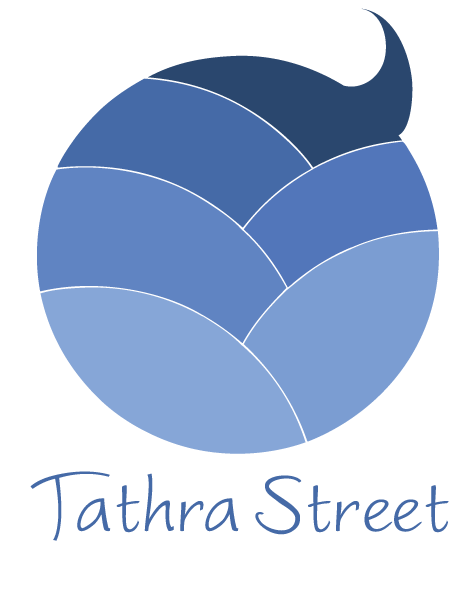Last night I watched 4 interviews with world class productivity experts, hosted by David Burkus as part of his Work Smarter Summit. The main thing I got from these thought leaders was not what I expected, that to be more productive, it helps to slow down. To think, to contemplate and consider and even question what we’re doing instead of jumping into action.
Dan Ariely on Motivation
We waste so much effort when we’re not motivated and when we’re happier we’re more productive. It helps to be aware of how much time we spend on things that don’t make us happy. When we don’t understand motivation, we (specifically organisations) end up killing it.
The knowledge economy relies on good will, which can be illustrated in things like the length of employment contracts. Longer contracts tend to motivate more than short contracts, shorter ones indicate we only care about part of it. We send the message we don’t care about people as human beings.
A good will contract is one that is simple, with less rules enables us to figure it out as we go along. Says “We trust you.” Sure there will be people who abuse it, the bad apples. (DB:) That’s when you share them with your competition. Focus on the downside eliminates the upside.
Productivity time is sacred, slow down, be mindful, think more before you act.
Mark Babbit – Social Leadership
The other end of the spectrum to Cal Newport, Deep Work! Invites leaders to connect via social media, but also build relationships and teams where people would do anything for each other. That the levels of trust and loyalty are so high, that it creates blockbuster results.
The Social Leader Model is where you take the time to actively listen, to be tuned in to the everyday things going on around you, to be in the spirit of the moment. It’s about solving the ‘right now’ and be able to empathise with the people who are helping you accomplish your organisational mission. It’s about sharing success, celebrating the small wins but also being real about challenges.
For example, a Social Leader might post on LinkedIn or Twitter, or even Facebook: “Our team went through a big challenge today and we came out ok, our people rose to the challenge, and I’m proud of them.”
Mark focuses on the Why and Who more than the Where, When, What and How. He’s an evangelist about the “Why?” and focuses on getting people behind it. Then it’s about getting the right people in the room to deliver. He has learned to cut through the noise and focus on who has something original to say.
His guide for social media time is to spend one-third of the time composing, one-third of the time listening/reading and one-third of the time commenting. Anyone can like a post but if you add something insightful or witty to the conversation you can keep the engagement going.
Warren Berge – Asking Better Questions
We don’t appreciate the power of asking better questions. We peak at age 5 in terms of asking questions, correlated with starting school. Self-consciousness develops.
As we enter the workforce we carry through our discouraged questioner, the message is ‘we don’t have time’.
When a leader says “Don’t come to me with questions, come to me with solutions” they perpetuate the idea that we shouldn’t ask questions. But the questions that come to you at your level are often the ones that only you can answer. And by asking people to bring you solutions, you make yourself irrelevant.
In questions lie opportunities, so you’re effectively saying “Don’t bring me opportunities.”
Both ‘Open’ and ‘Closed’ questions have their place. Open questions include things like “Why?”, “What if?” and “How might we?” (Reminds me of the Human Centred Design methods.) Sometimes good questions are disguised as stupid questions but are really a way of looking at it from a different angle.
We jump to “How?” too quickly, we can train ourselves to slow down, to step back and get perspective, distance, and stop being on autopilot, and jumping into action without consideration, contemplation and being willing to ask the curly questions.
Jenny Blake Author of Pivot and Body of Work
The most important step is the next one. Also applies to career steps, business shifts.
(Can relate to this, having not quite yet landed from a big pivot in my business.)
We think of a Pivot as a plan B, but it can be Plan A as a constant state, with so much change these days, that we are in a state of pivot more often than not. Pivoting doesn’t have to be a drastic new direction. A pivot is methodical, it’s not a leap of faith, for those of us open to smart risks and are pragmatic.
(Wow, I needed to hear that!)
Answered the why of the Working Smarter Summit for me:
“Let’s get more efficient so we’re not feeling stuck and can be productive work that really matters.”














Leave A Comment